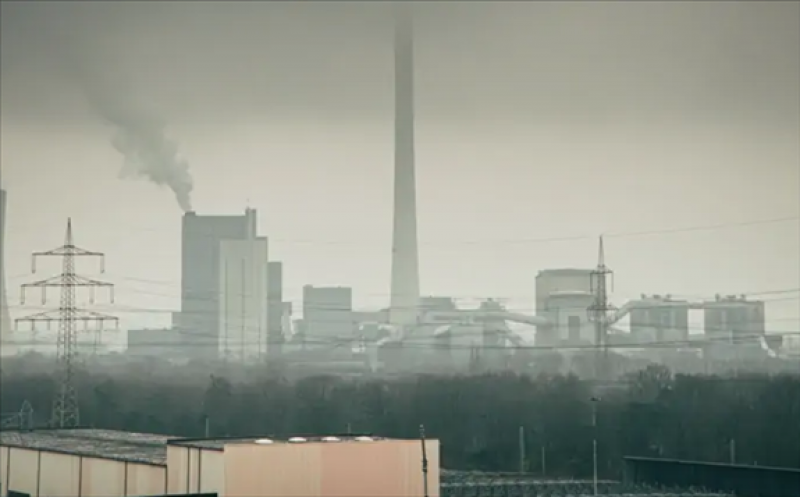Kosovo* is ranked second in the world for its share of coal in domestic electricity production, trailing only Botswana. Serbia and BiH are seventh and tenth, respectively, on a global scale, higher even than China.
 Photo: Jonathan Kemper on Unsplash
Photo: Jonathan Kemper on Unsplash
The lack of coal is causing outages all over India and China, where the fossil fuel is still the dominant electricity source. Inspired by the global gas crunch and an unprecedented hike in power and coal prices, Statista put together a list of the countries of the world that are the most dependent on coal for the production of electricity – three from the Western Balkans made it to the top ten.
The data, originally published by Ember, showed Botswana produces a whopping 99.8% of its electricity from coal. But Kosovo* is just one notch lower, with 94.8%. Except for the minuscule shares of wind and hydropower, all domestic electricity comes from old coal plants Kosova a and Kosovo B.
Coal deficits threatening economic stability
The data is for last year, or 2019 if there was no official update from a country. Number three is Mongolia (92.3%), followed by South Africa (85.5%) and Moldova (82.3%). India took sixth place with its share of coal in domestic electricity generation of 70.6%, and Serbia is right behind it – 70%.
Poland is next, as its level was at 69.8% last year, trailed by Kazakhstan (69.7%) and Bosnia and Herzegovina (67.7%), which is tenth in the chart. China and Indonesia are at numbers 11 and 12, respectively, but with substantially lower shares of coal in power generation: 60.8% and 59.7%.
China’s share of coal is 60.8%, placing it in eleventh place, while BiH is one notch higher with 67.7%
Just like with other energy sources, the deficit emerged with rapid recovery in demand from the pandemic slump, backed by stimulus measures launched by governments. The energy sector is having difficulties in responding, particularly due to delays in investments in the past year and a half. Strict environmental regulations and extreme weather events are also hampering production and delivery in some places.
Of note, some analysts and industry players attribute the current energy crisis to the accelerated shutdown of coal-fired thermal power plants over the past several years, especially in Europe, arguing the capacity should have been fully replaced.
China, India have most coal plant projects
China and India are investing heavily in the energy transition toward renewable energy sources, but they also have the biggest coal power project pipeline in the world. Turkey, which has just ratified the Paris Agreement, is not far behind, together with Vietnam, Bangladesh and Indonesia. Ember said in a recent report that the country is currently building one coal-fired power plant and that projects for 15 others are under development, even though many of them are not much likely to be implemented.
Turkey, Serbia and BiH are the only remaining states in Europe with plans for new coal plants, with the exception of one dormant project in Poland. However, Serbia halted preparatory works for its Kolubara B system, financed from a Chinese loan, and the endeavor seems to have been abandoned, alongside a few more older ones, as there have long been no updates. Another coal plant, Kostolac B3, is currently under construction.
Bosnia and Herzegovina isn’t giving up on the Tuzla 7 project and recently there was an update on the planned private investment in the development of thermal power plant Ugljevik 3. Kosovo’s deal with ContourGlobal for a new coal unit was scrapped last year, and the government now even rejected a gas pipeline project.
Turkey, which has just ratified the Paris Agreement on climate change, has fifteen coal plants planned but most are likely to be canceled, according to Ember. The Hunutlu station is under construction.